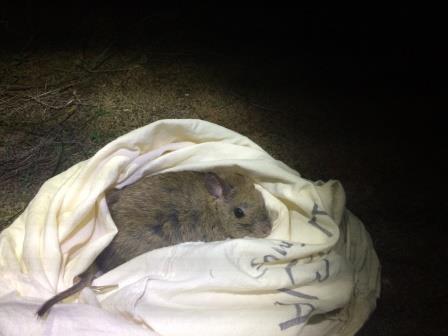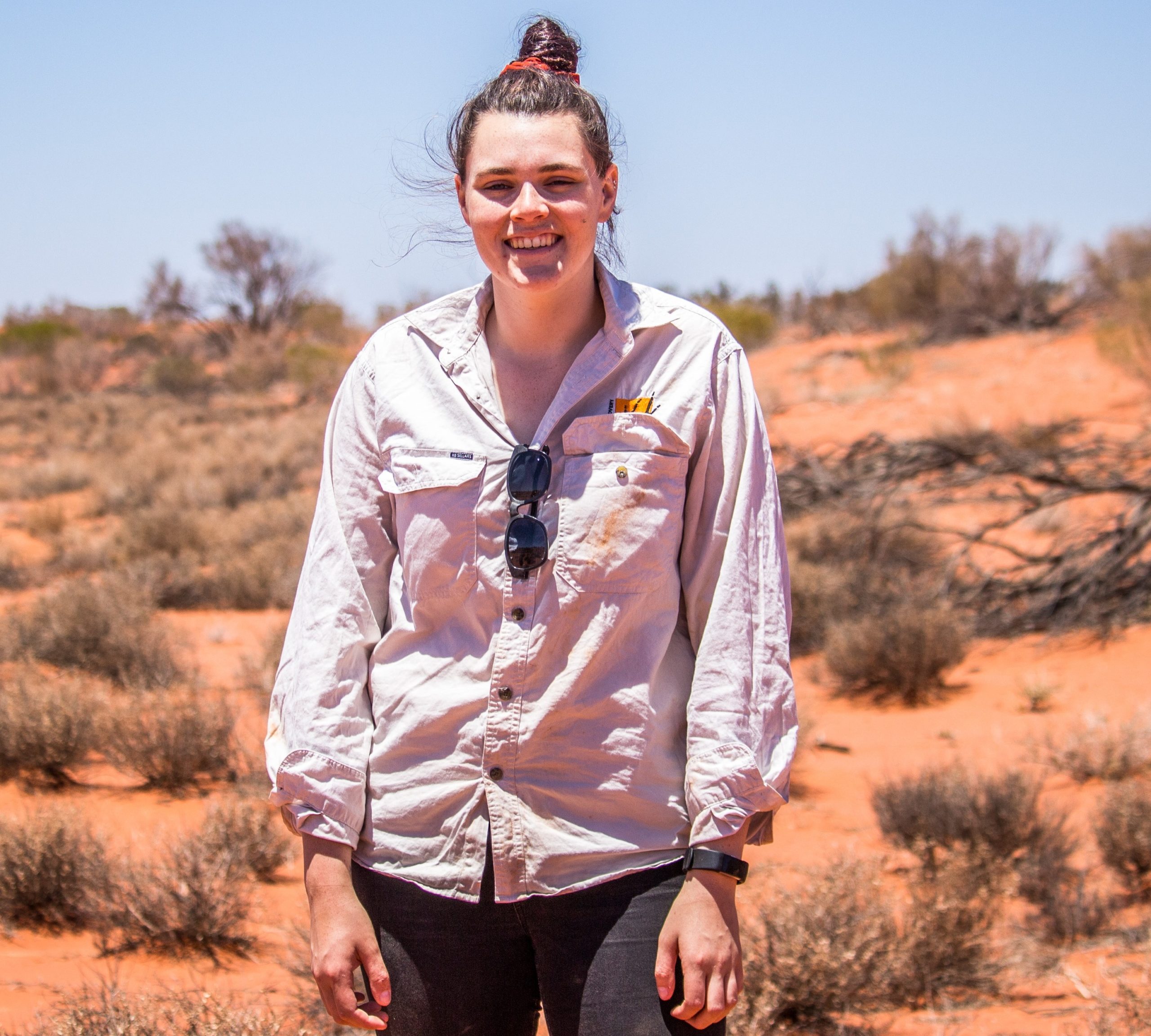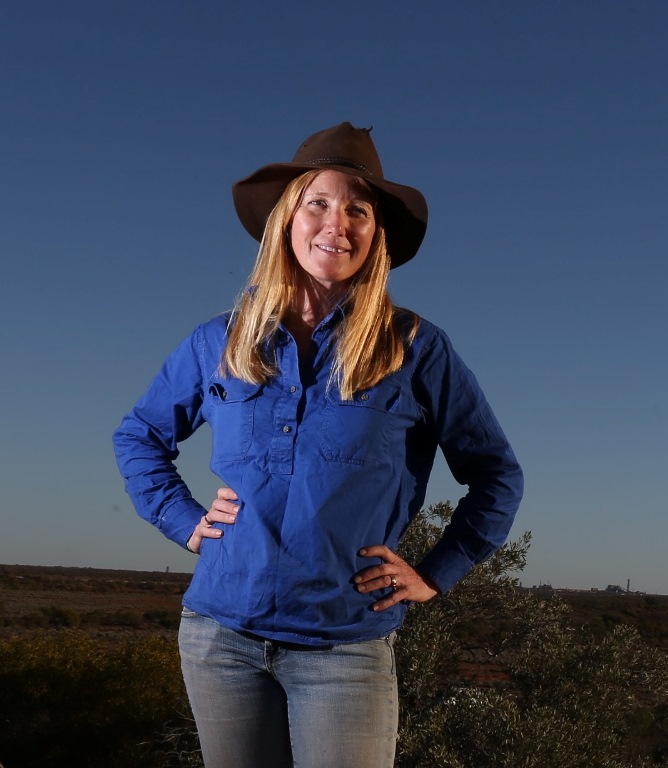This is a story of adventure and discovery. A story of hope and success. A story of rats.
Almost 30 years ago, to save the species, greater stick-nest rats (aka. ‘stickies’) were reintroduced to Reevesby Island, off the coast of Port Lincoln, South Australia. Question is though; are they still there?
A recent survey team (not looking for stick-nest rats) reported that they didn’t see any sign of them. Not good.
If stickies have disappeared from Reevesby, then that is a major blow to the global population, which exists on only a few islands and mainland fenced reserves.

So, last week, the Arid Recovery team, alongside the Department for Environment and Water’s Peter Copley, went down to the island to survey them. Why Arid Recovery? Well, stickies were reintroduced to the Arid Recovery Reserve in 1998 from Reevesby (and are still going well). So, it was fitting that we help to keep tabs on our source population. As for Peter Copley, he is the foremost authority on stick-nest rats and a key reason why they were reintroduced to Reevesby Island in the first place.
Team ready, we headed to the island. We were looking for any sign that they were still alive. These could be tracks, scats, runways through bushes, stick-nest homes, or in the best case scenario, live stickies. To find live animals, we had Elliott traps and spotlights.

We covered the whole island (420ha) in our search and found many different types of animals. Some of these were very close encounters, including three death adders next to our tents, black tiger snakes slithering through camp and a white-faced storm petrel which flew into ecologist Georgie Neave’s face. There were also boisterous colonies of little penguins, families of Cape Barren geese, flocks of rock parrots and barn owls nesting on the coastal cliffs.

But were there any stickies?
Our Elliott traps revealed two species of mammals; house mice and…stick-nest rats! We found plentiful signs of stickies all over the island. There were runways through the plants, scats in the old homestead and tracks on the beach. Their characteristic stick-nests were also common, built around the base of tall shrubs.

While we caught a few using Elliott traps, spotlighting proved very effective, and by the end of the survey we had caught and measured 19 stickies. We also took samples of their ectoparasites (mites, ticks and fleas), and DNA for future studies. The fleas are an interesting one; it’s thought that these island stickies have a unique species of flea, which may have followed them to Arid Recovery… Did we translocate an endangered flea to the desert?? Studies will tell.

All up, it was a very successful week, for both science and the stickies. It is a great relief to know that this vital population is still going strong. Hopefully it will continue to be monitored and can be used as a source for more reintroductions in the years to come.






















